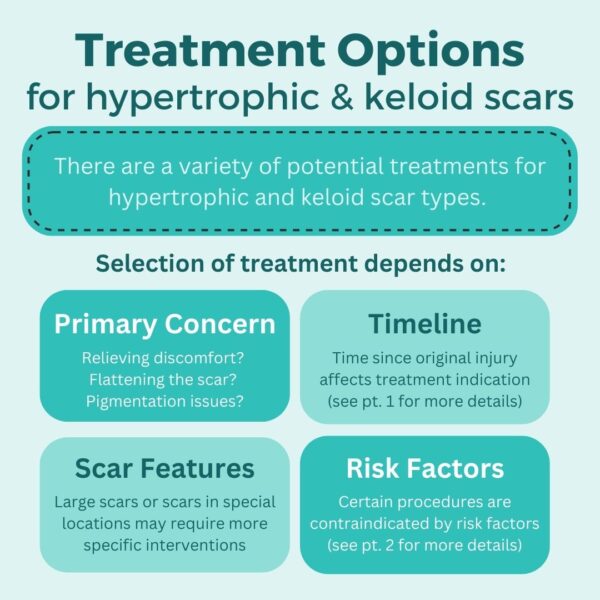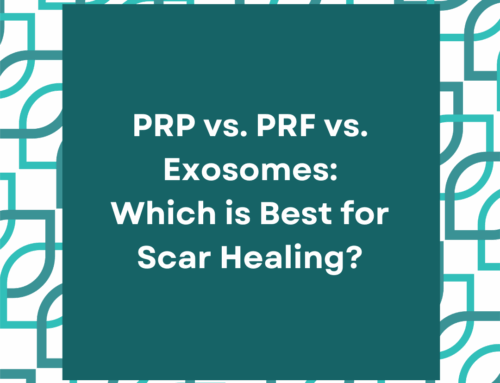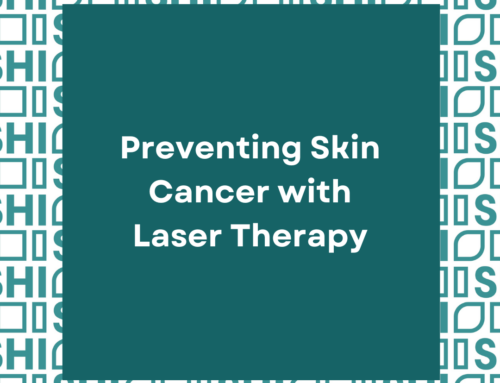What is the difference between microneedling and subcision?
“Microneedling and subcision both use needles. So what is the real difference between the two treatment options?”
A patient asked this during a consultation I had this past week. This is not the first time that I have heard this question. In fact, there is so much information about acne scarring treatment online that it is really hard to distinguish how these treatments work differently.
To address this question…aside from using needles in both treatment approaches, the answer is everything.
The key difference is that microneedling exerts its motion in a perpendicular vertical direction, producing an microscopic array of holes in the skin. Through this mechanism, it effectively facilitates deeper transepidermal delivery of chemical treatments, such as low-strength alpha- and beta-hydroxy acids. You may have heard of a popular anti-aging treatment called the “Vampire Facial.”
Subcision, on the other hand, is performed underneath the skin and parallel to the skin layers. Through a single entry point, the needle is inserted through the space between the dermis and the subcutaneous fat and moved in a lancing or fanning motion to break apart scar tissue manually.
It is particularly effective for tethering rolling scars, where the dermis is physically attached to the subcutaneous layer due to abnormal connective fibrotic tissue.
So which one is right for you: microneedling or subcision?
It really depends on your goals. If you have very mild scarring (and when I say mild, I mean very minor indentations or hyper-pigmented flat scars), then microneedling alone could possibly produce the results that you want.
However, for moderate to deep scarring, microneedling tends to work a lot less effectively. The reason is that average needle length is around 1 to 1.5-mm deep, which barely reaches the dermis, where scars are located. Even then, microneedling performed with 2.5-mm needles are not capable of untethering scars.
Subcision would be a more viable solution in these more extreme cases of atrophic scarring. Firstly, the initial insertion of the needle can be precisely controlled to enter the appropriate depth in the skin. Secondly, the direction of the motion of the needle enables more thorough severing of the fibrotic tethers, effectively releasing the skin depression to the level of the surrounding healthy skin.
Can I do microneedling and subcision together?
Microneedling and subcision can certainly be done together. However, whether microneedling provides a huge added benefit to subcision is up for debate. The point of combination therapies is to synergistically stimulate collagen production to maximize treatment outcomes. While microneedling can certainly do that, its depth of penetration may not be enough to really activate your fibroblasts (the collagen-producing cells in your skin).
Instead, subcision should be combined with treatments that provide deeper dermal collagen-stimulation. Approaches, such as chemical reconstruction of skin scarring (CROSS) and poly-l-lactic acid (PLLA), have been shown to activate collagen production over the course of 6 to 18 months, peaking at around 2 months after treatment. Performing subcision during this time period can optimize results because new collagen is already ready to infiltrate the dissected layers of skin after subcision.
Can subcision be performed on non-rolling scars?
Subcision was designed specifically to treat rolling scars because this subtype of scarring is uniquely characterized by tethering. However, the literature and our own experience, shows that subcision can sometimes provide benefit to moderate boxcar scarring.
Ice-pick scars and severe, deep boxcar scars are usually not responsive to subcision. These scars aise from severe destruction to the dermis that no amount of collagen stimulation can restore. Instead, more invasive procedures, such as punch excision, are needed to replace the scar with a small, unnoticeable linear scar, which can be further revised with resurfacing treatments, such as laser or dermabrasion.
Are needles used for both microneedling and subcision?
Microneedling can be performed with a needle-studded dermar-oller or derma-stamp, either manual or motorized. The choice for instrumentation for subcision, on the other hand, depends on the severity of the patient’s scars. Superficial tethered scars can be treated with a few swift motions of the needle. However, successfully untethering wide and deep scars would be harder to achieve with the same instrument.
In this case, using a strong cannula or a specialized probe, such as the Hazany liberator, may be required to achieve the best results. These instruments are able to overcome resistance from tethers in the scars, allowing the surgeon to break through the tissue to release skin depression.
One session of subcision performed with these instruments is often more expensive than standard needle subcision. However, compared to the results that can be delivered with these more robust instruments, the cost-saving potential can be massive. This is because the same severe cases of acne scarring that can be resolved with one session of subcision performed with these special tools is only replicable by numerous rounds of basic needle subcision (if it works at all).
How far apart should microneedling or subcision sessions be done?
Typically, spacing out treatments apart by 1 to 2 months allows the skin enough time to heal while at the same promoting synergistic collagen production through repeated treatments.
The frequency also depends on how intense each individual treatment session is. Sometimes, multiple treatments can be performed on the same day if the patient can tolerate more downtime.
Patients who undergo deep-layer subcision, on the other hand, typically cannot undergo other treatments, such as CROSS and filler injections, because the skin is stretched too much from swelling to identify what scars need to be treated.
Treatment options available for hypertrophic and keloid scars

Final words…
Choosing the right treatment for your scars is critical for producing favorable results, whether it be subcision or microneedling. Additionally, because these techniques require meticulous manual execution, finding the right surgeon is even more important.
If you want to not only curate the best treatment for your unique scarring profile but also get it performed by true acne scarring specialists, look no further than the Scar Healing Institute.




